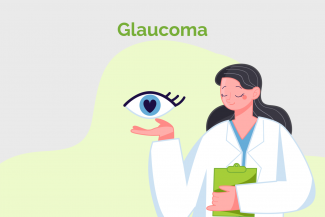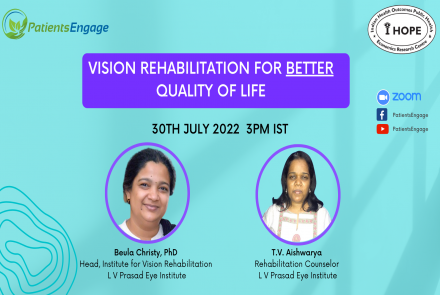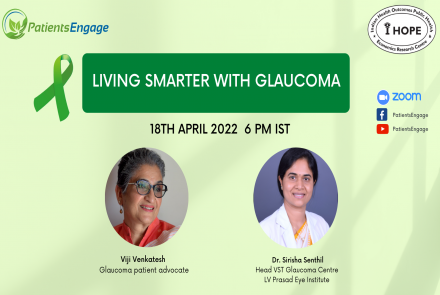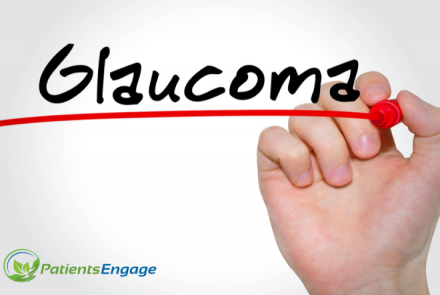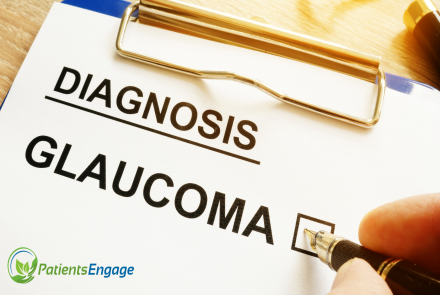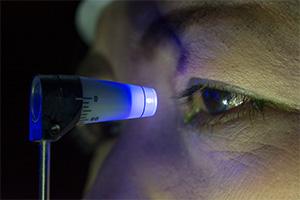
What are the treatments available
The aim of treatment is to lower the intraocular pressure thereby preventing or reducing further damage to the optic nerve. However, in most situations it is not possible to reverse the optic nerve changes that have occurred.
The methods available for glaucoma lowering intraocular pressure are : medical (usually eye drops), laser and surgical.
Medical treatment - Medical therapy is the most common treatment modality for glaucoma. There are various eyedrops available which have shown good results, lowering the intraocular pressure safely and efficaciously. These eye drops must be used regularly and treatment continued even if the patient has no symptoms. Few patients are allergic to some of these drops. In such a situation the patient should consult the treating physician who would be able to suggest an alternative.
Laser treatment - There are various laser procedures available but have a relatively limited role in the management of glaucoma.
Laser Peripheral Iridotomy - This is a standard procedure in the management of angle closure glaucoma. In this is a small hole is made in the iris with laser (laser iridotomy), which provides another route for fluid to enter the front of the eye. This equalizes the pressure between the posterior and anterior chambers and allows the iris to fall back to its normal anatomic position(opening the angle) and away from the trabecular surface. This is an OPD procedure, done under local anesthetic drops and takes only a few minutes to be performed.
Argon laser trabeculoplasty, Selective laser trabeculoplasty are office procedures for the treatment of open angle glaucoma. In approximately 80% of eyes treated with argon laser trabeculoplasty, a significant lowering of the intraocular pressure will be achieved. However, it has limited acceptance as the intraocular pressure lowering effect diminishes over time and approximately 10% of initially successful treatments fail with each year.
Surgery
Glaucoma surgery is the only option left for patients in whom the eye pressure is not controlled with medication or laser. It is also the treatment of choice in non-compliant patients, and in infants and children with glaucoma.
Trabeculotomy or Filtering surgery involves creating a drainage hole, to bypass the blockage in the eye’s trabecular meshwork (the eye’s drainage system). Filtering procedure shunts the aqueous humor from the anterior chamber to a reservoir under the conjunctiva on the surface of the eye thereby reducing the eye pressure.
A variety of artificial drainage devices are alsoavailable that employ a plastic shunt tube to divert the aqueous humor from the anterior chamber into the space behind the eye, where it is resorbed. These glaucoma tube shunts are generally reserved for eyes in which trabeculectomy surgery has failed or in which failure is likely due to extensive scar tissue formation, such as neovascular glaucoma.

